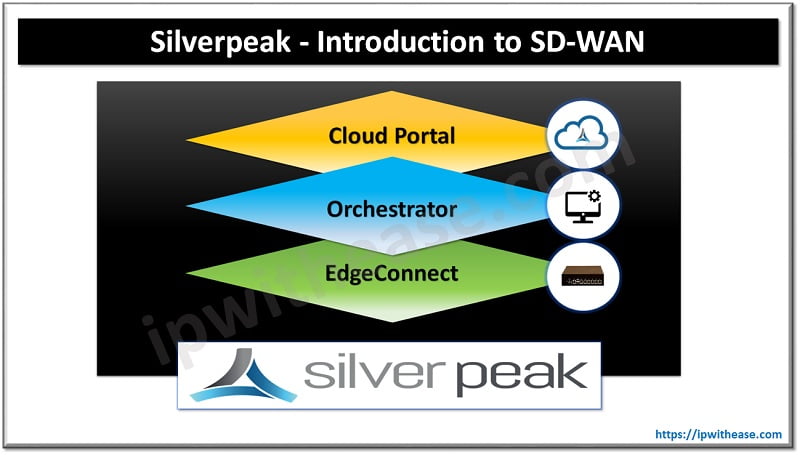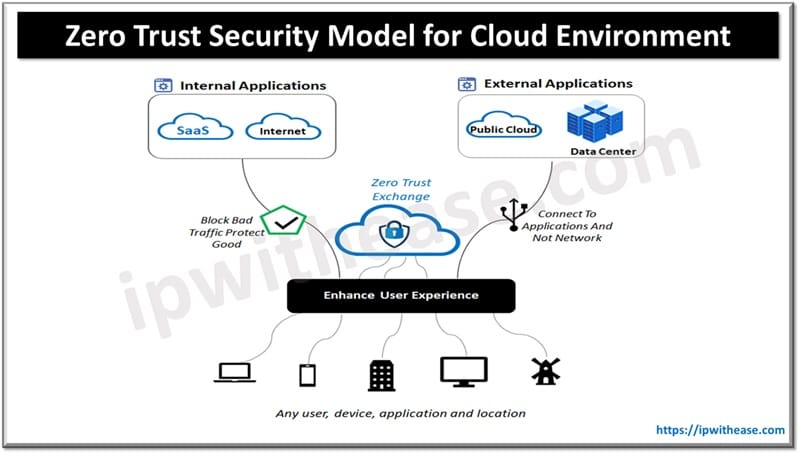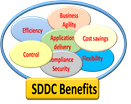Table of Contents
Businesses around the world may be leveraging cloud technology in order to ensure their operations are compatible with today’s digitally dependent world. We will discuss 10 essential networking features that will make the transition feature more secure and much easier. Not only that, you will discuss why such transitions are important.
Having a strong cloud framework in place will be ideal for optimizing organizational cost, safeguarding data, and ensuring that your business stays up and running even if sudden disruptions happen. Let’s take a look now at the following.

Features to Secure Cloud Transition
1. Integrated IT Pricing Tools
Knowing the costs before you do anything else will give you an idea of what budget to work with. As such, it is important to consider finding an IT pricing calculator that will allow you to assess the expenses accurately while finding solutions that will fit your budget.
2. Dynamic Routing with Governance Policies
This will ensure efficient data transmission while addressing the governance policies that will regulate the routes used for network traffic. Aside from this, making sure such routing is compliant with security standards and regulations will be highly recommended while reducing the risk for disruptions during the cloud transition process.
3. Advanced VPN Configurations
Using a Virtual Private Network (VPNs) will be excellent for encryption of traffic and communication channels (both on-premises and on the cloud). VPN setups should also be complete with MFA and split tunnelling to ensure security and performance while the migration is ongoing.
4. Software-Defined Networking (SDN)
The purpose of SDN is to decouple network controls from the physical hardware. As such, it will ensure more flexibility. SDN in particular will help make resource allocation more efficient while allowing businesses to scale more and add extra layers of security. They will be instrumental for cloud transitions from start to finish.
5. Secure Access Service Edge (SASE)
SASE is designed to integrate network security functions for better security, speed, and make cloud applications more reliable and accessible. This will be a much needed tool for teams that operate in remote or distributed setups.
6. Zero Trust Architecture (ZTA)
This includes making sure that no user or device is trusted as the default setting – especially if it’s within the network. Implementing this will reduce unauthorized access while adding layers of protection to sensitive data even in industries where compliance standards like HIPAA should be met accordingly.
7. Scalable Bandwidth Management
Because workloads can fluctuate and result in straining a network’s bandwidth during cloud migration, preventing such events is possible. This is where scalable bandwidth management comes in to make adjustments to resources according to performance while preventing bottlenecks from occuring during the transition process.
8. Cloud-Native Firewalls
Traditional firewalls can only do so much when protecting dynamic cloud-based environments. However, a cloud-native solution that can handle infrastructures that use the same technology can be important. Such solutions can provide advanced threat detection, policy enforcement that is unmatched compared to competitive options, and deep packet inspections that will stop threats in their tracks.
9. Unified Threat Management (UTM)
UTM solutions will be excellent for its multiple security features. This includes but is not limited to anti-virus protection, intrusion protection, and web filtering among others. What happens here is that it will simplify the cloud migration approach while making sure your network is protected from threats.
10. Multi-Cloud Connectivity
Multi-cloud connectivity can be able to provide your business with plenty of features like communication between cloud platforms, direct interconnects, and more. The idea here is to make sure things are flexible and reduce redundancy in the process.
Final Thoughts
These 10 essential networking features will be excellent for secure cloud transition. It is important to make sure you are made aware of these features so your business can be able to transition data from your old infrastructure to a new cloud-based setup smoothly.
Remember that you can be able to find the best possible solution at an affordable price – especially when you are looking for performance and reliability as your top features.
ABOUT THE AUTHOR
IPwithease is aimed at sharing knowledge across varied domains like Network, Security, Virtualization, Software, Wireless, etc.



